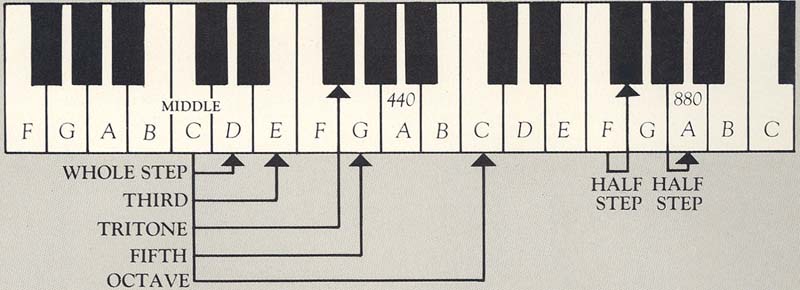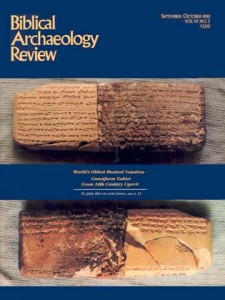Step-by-Step Decoding of Musical Notation
Sidebar to: World’s Oldest Musical Notation Deciphered on Cuneiform Tablet

The critical text for understanding the musical notation system is the so-called “mathematical text” which comes from Nippur and dates to 500 B.C.
The “mathematical text” includes in each line a pair of numbers and the name of the pair of numbers. Each line in the list begins or contains the Sumerian sign SA. In Sumerian, SA can mean sinew or gut and is also one of the signs in the word for cat. SA can also mean string of a musical instrument. It seems that gut was used to string musical instruments thousands of years ago. Each line of the tablet that begins with SA names two strings. The names of strings are known from the second of the theory texts, a lexical text from Ur. In the “mathematical text,” the word SA is followed by a string name and then SA is repeated with another string name. In the same line two numbers are given, and SA is again repeated with a special word following. The two numbers in the line, in conjunction with the SA, must stand for the distance between the two strings identified by the first two SA’s in the line; that is, the two numbers identify the musical interval between the two strings. This—the name of the interval—seemed the only logical meaning for the last appearance of SA in the line. This meaning was later confirmed by another tablet which we have not yet discussed.
Thus, in the “mathematical text,” the SA lines take the following form:
Already a library member? Log in here.
Institution user? Log in with your IP address.

